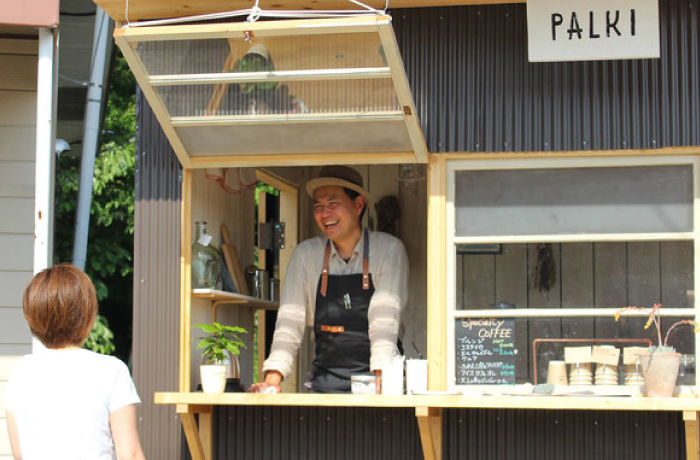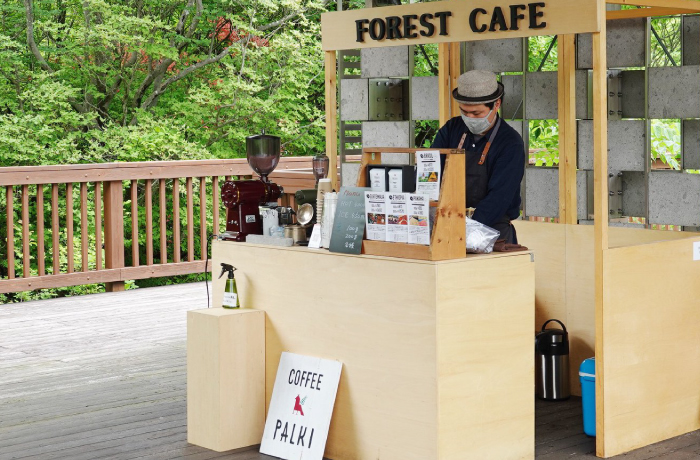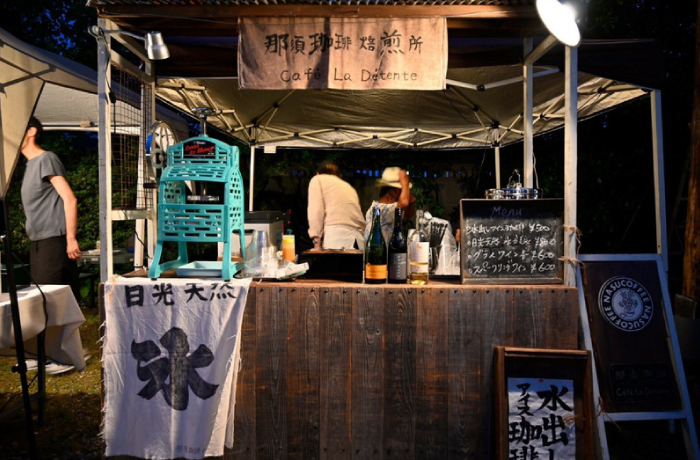3254 Ōaza Takakuhei, Nasu, Nasu District, Tochigi Prefecture 325-0302, Japan
TEL: +81(0)287-74-6808 (9:00~17:00) FAX: +81(0)287-74-6809


The Nasu Heisei-no-mori Forest was created in 2011. The forest occupies nearly half
of the former Nasu Imperial Villa estate, land previously reserved for the imperial
family’s use. In 2008, Emperor Akihito (reigned 1989–2019) granted the land to the
Ministry of the Environment to commemorate the twentieth anniversary of his
ascension to the throne. Its approximately 560 hectares form a protected environment
where people can interact with nature while preserving it for future generations. Nasu
Heisei-no-mori Forest opened to the public in 2011 as part of Nikko National Park.
Prior to the twentieth century, the land now occupied by Heisei-no-mori was used for
logging and horse pasturage. When the area became part of the Nasu Imperial Villa
estate, its use was restricted, and the land began to return to its natural forested state.
Today, this young forest continues to grow and develop, and with proper care it may
someday rival the world’s most pristine ecosystems.
The Field Center is the forest’s main facility and serves as a gateway to the forest’s
two zones: the Forest Recreation Zone and the Forest Learning Zone. The Forest
Recreation Zone, with wheelchair accessibility, fulfills Emperor Akihito’s desire that
everyone have unrestricted access to Nasu’s natural environment. Visitors may
wander its paths freely, and the trails are suitable for all ages and ability levels.
Between 1997 and 2001, the Tochigi Prefectural Museum identified 3,492 species of
wildlife in the Nasu Imperial estate. Of these species, 23 were previously unrecorded,
and 25 were recorded in Japan for the first time. Preserving and studying this
ecological diversity is the goal of the Forest Learning Zone, Heisei-no-mori’s second
area. Ongoing scientific studies are conducted in the Learning Zone, and visitors can
only enter on guided tours led by experienced naturalists known as “nature
interpreters.”






When spring arrives, the animals of Nasu Heisei-no-mori Forest wake from
hibernation and emerge into the melting snow. Dormice, badgers, and black bears
begin foraging for food, but there is little for them to find until mid-April, when
tender beech leaves and new shoots of bamboo grass appear. These provide much-
needed nourishment to bears that have grown thin over the winter, particularly to
mothers with new cubs.
The majority of trees sprouting spring foliage are Jolcham oak and Japanese oak. In
late April, blooming Asian fawnlilies (katakuri) cover the forest floor on the slopes of
the Yosasa River, near the Seishintei Shelter. The delicate white flowers of Oriental
photinia (kamatsuka), a member of the rose family that grows up to 7 meters tall,
appear in the forest from May until June. Three species of azalea also flower at this
time.
Many birds—such as the Japanese paradise flycatcher, Narcissus flycatcher, blue-and-
white flycatcher, ashy minivet, and Japanese thrush—migrate to the area in early
April and May, most of them from Southeast Asia. They breed in Nasu Heisei-no-
mori and remain to raise their chicks until September or October, then depart. The
forest is also a spring way-stop for birds of the waxwing family as they migrate
through the Nasu area.
Forest insects also awaken in spring. Beginning in mid-May, visitors will hear the
strident trilling of ezoharuzemi, a species of cicada that lives primarily in beech
forests.

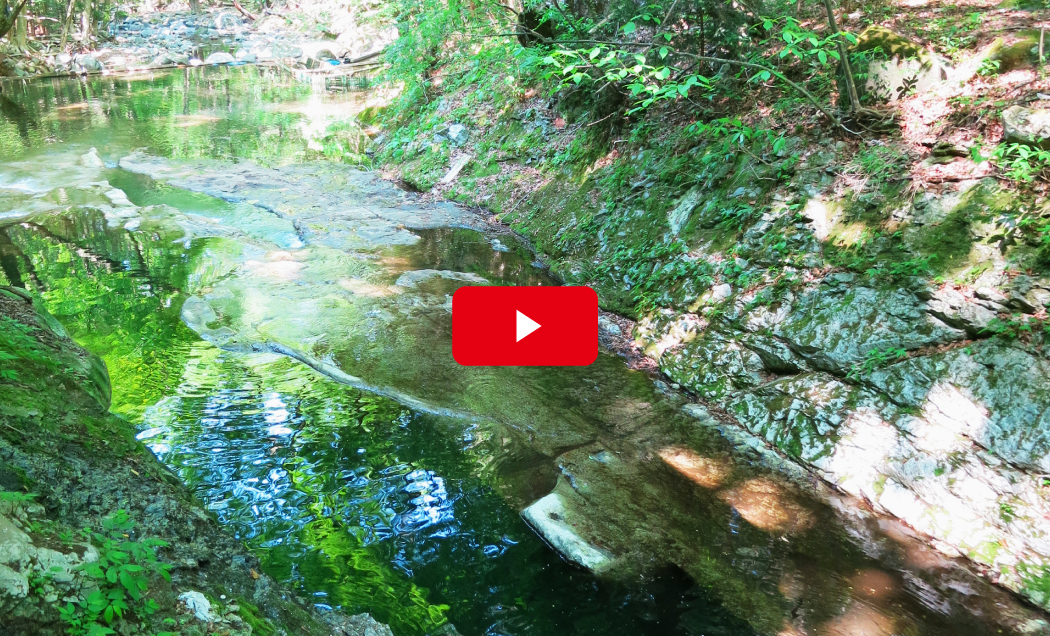




Summer is breeding season for many animals in Nasu Heisei-no-mori Forest. When
not seeking a mate, black bears occupy themselves by feeding on ants, bee larvae,
wild cherries, and herbs. It is also mating time for the forest birds, and the treetops
echo with the calls of Japanese thrushes, Japanese grosbeaks, ashy minivets, and other
birds establishing their nests. Tiny dormice spend the daylight hours curled up in
holes in trees, but at night they become active, eating insect larvae, nuts, and their
favorite treat: nectar from the many flowers in bloom.
From early July through August, the forest echoes with the shrill buzzing of ezozemi,
a large cicada with a striking gold-and-black pattern on its back. Huge golden-ringed
dragonflies—82 to 114 millimeters long, the largest type native to East Asia—flit
through the forest between August and early September.
Several unusual flowers bloom during the summer months. The frail and fascinating
ginryōsō (Monotropastrum humile) is found in forests with little human interaction.
Blossoming between late May and late June, this ghostly white plant lacks
chlorophyll, and instead gains its nutrients from symbiotic fungi. From June through
July, the toxic kobaikeisō (Veratrum stamineum) produces white flowers that cause
cramps and vomiting when eaten by humans. The ezoajisai, a variety of mountain
hydrangea found only in Japan, blooms in mid-July, and the purple flowers of deathly
toxic monkshood (torikabuto) bloom in August and September.
The forest is home to the Japanese fire belly newt, Japanese skink, and Japanese grass
lizard, all of which are endemic species, found only in Japan. The montane brown
frog and Tago’s brown frog, also endemic, are common in Nasu. These amphibians
frequently fall prey to a venomous—but very shy—serpent known as the tiger
keelback.

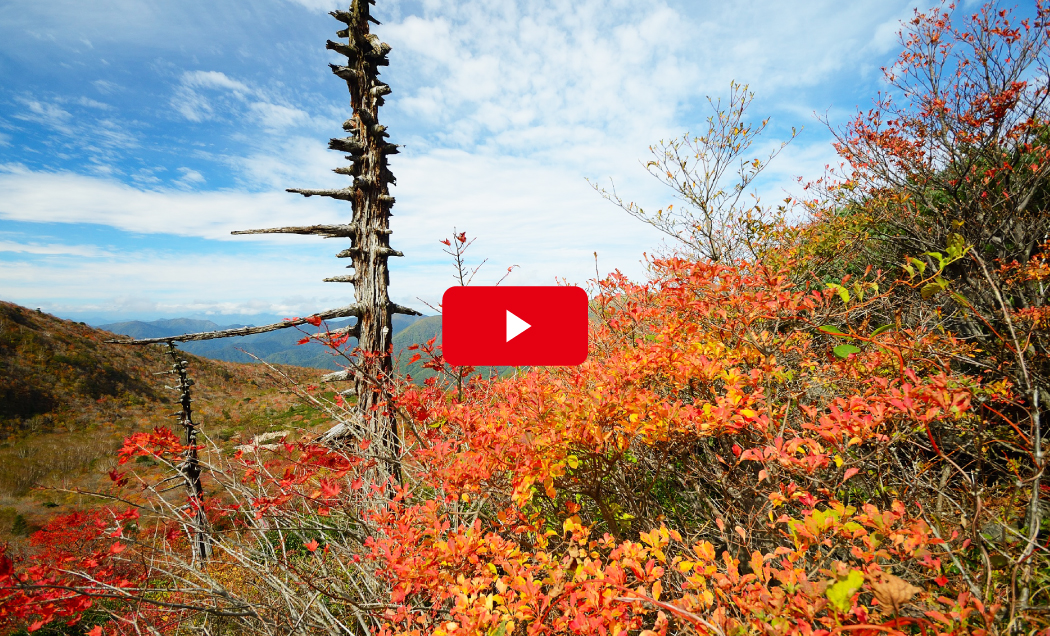




At Nasu Heisei-no-mori’s higher elevations, the green leaves of summer begin to fade
in early October. The trees turn red and yellow, covering the hillsides in autumn color
that will last until early November. Japanese gentian is the last plant to flower, dotting
the forest floor with indigo from late September to early October. Red berries appear
on various plants throughout the fall.
The forest’s acorns and beech nuts reach maturity in September and November. Oaks
and beeches produce at slightly different times and in different amounts each year,
usually with several lean years prior to a bumper crop. Japanese beeches, for example,
have large yields once every six to seven years. The times of scarcity help to limit the
populations of flying squirrels, bears, squirrels, and monkeys that eat the nuts, while
the sudden bounty in a fruitful year is more than the existing animal population can
consume—ensuring that some nuts and acorns will survive to put down roots.
Summer birds begin to depart in September, and one of the last to leave is the brown-
headed thrush. In mid-October, winter birds like the rustic bunting, brambling,
Eurasian siskin, and hawfinch begin to arrive from colder climes.
Asian black bears eat well during the autumn to build up fat for surviving their winter
hibernation. They feed on acorns, beech nuts, and chestnuts, as well as on the fruits of
hardy kiwi and chocolate vine. High in the trees, bear nests are a common sight. The
bears climb up and pull the branches toward them to eat the leaves and nuts, then
arrange the torn-off branches beneath them to make cushion-like seats. Once winter
sets in, they leave these aerial nests for proper dens in hollow trees and caves.
Japanese badgers, meanwhile, bore holes up to 4 meters deep for their winter nests.
Once the temperatures drop below 9ºC, dormice retreat to their snug holes and go into
hibernation.
The first snowfalls begin around mid-December.

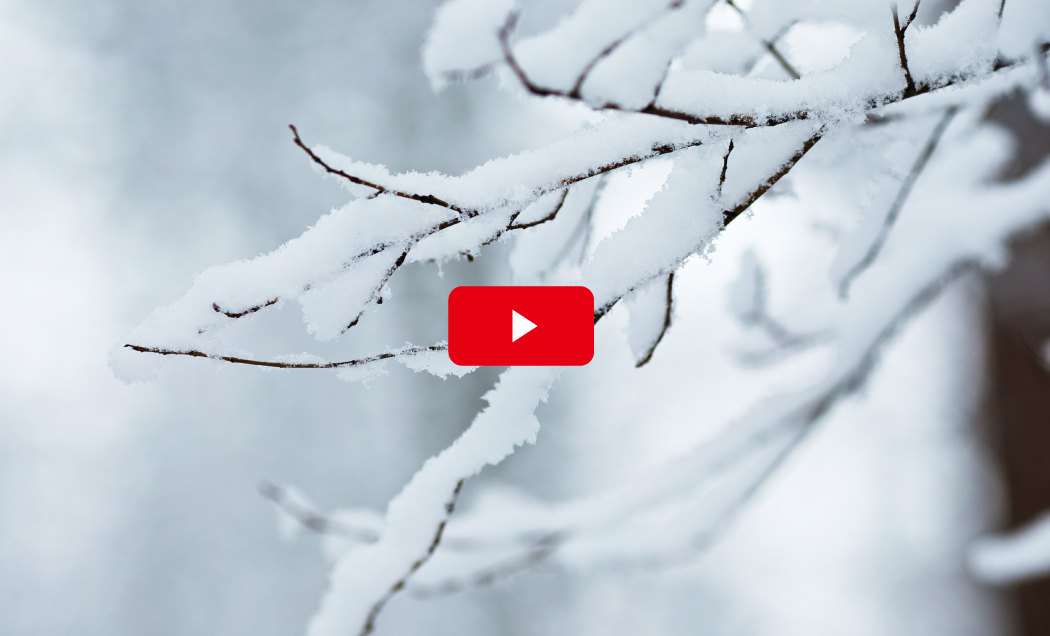




The bare forest is blanketed in snow beginning in late December or early January. Icy
winds known as the Nasu Oroshi blow down from the northwest, giving Nasu a colder
winter climate than Tokyo to the south. Snowfall in the area is moderate, with an
average accumulation between 20 and 30 centimeters, but this is more than enough to
turn the forest into a glittering snowscape.
Black bears hibernate during the winter, but winter is also the season when their cubs
are born and lie sheltered in the den until spring. Wild boar, which did not previously
inhabit the forest, have been sighted in recent years. Viewed as detrimental to the
ecosystem, they damage plants as they dig up the ground looking for insects.
The forest floor is densely covered with two varieties of bamboo grass from different
climatic zones. Miyakozasa is usually found on the Pacific coast of Japan in areas
with less than 50 centimeters of snow, and the leaves’ undersides are covered in fine
hair. Chishimazasa, common to the snowy Sea of Japan coast, has a highly pliable
stalk that will not break under heavy snow.
In February, the somber forest begins to reverberate with the sounds of woodpeckers
drumming on tree trunks. Actual nestbuilding takes place months later, but already the
birds are staking out territories and attracting mates. Four species of woodpecker—the
Japanese pygmy woodpecker, great spotted woodpecker, Japanese green woodpecker,
and white-backed woodpecker—inhabit Nasu Heisei-no-mori Forest year-round. The
pygmy woodpecker is found in urban parks and forests in Japan, but the other three
are more reclusive and breed deep within natural forests.
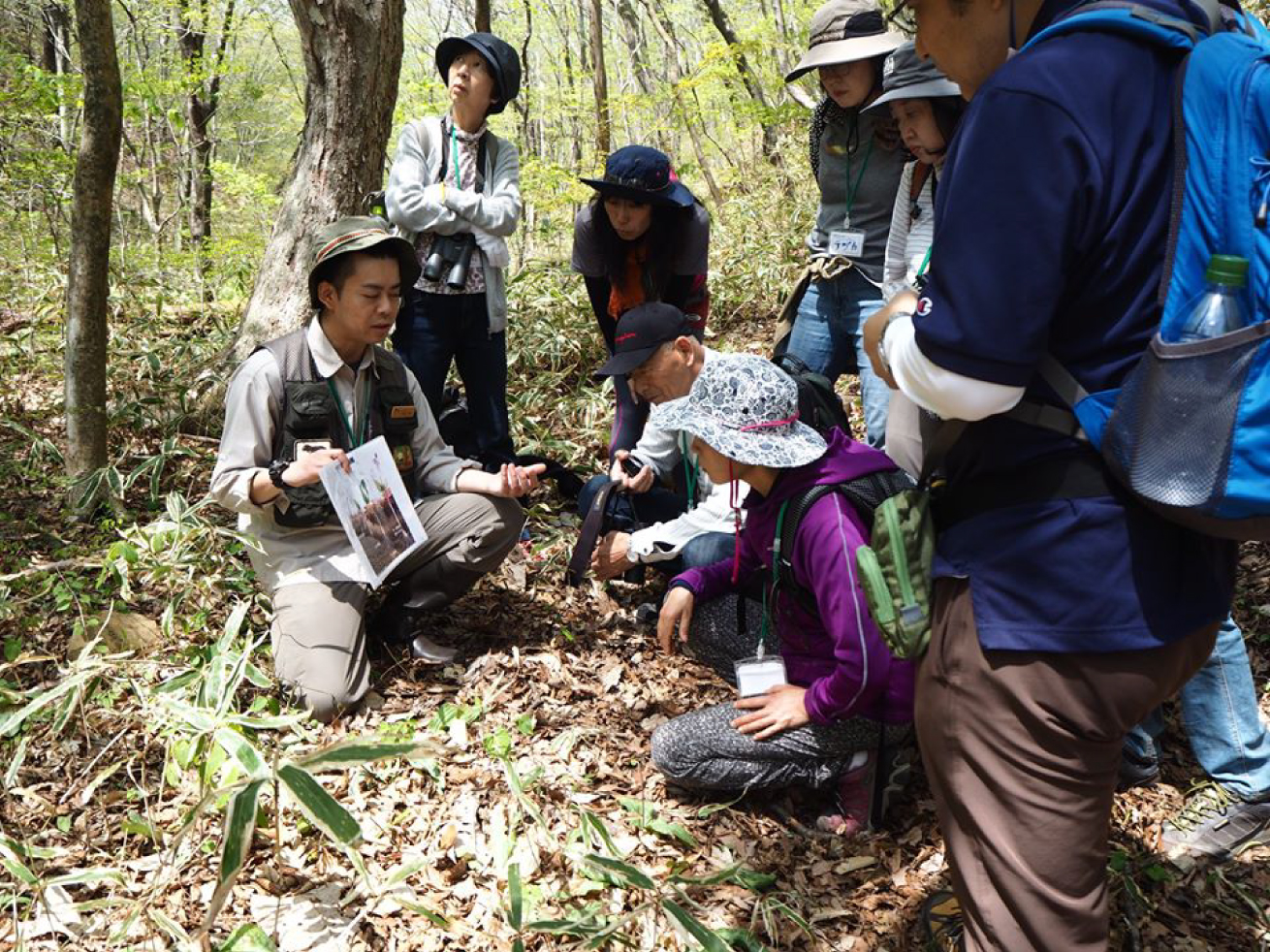




Nasu Heisei-no-Mori is situated in the mountains at an altitude of around 1000 meters, and the weather is extremely changeable. Sudden, sharp drops in temperature are not uncommon, especially in the mornings and evenings. On windy days, people say that it feels 2 degrees cooler than the actual temperature. Hiking in clothes that are not suitable for experiencing the outdoors can lead to injury or accident. If you are planning a visit, we ask that you prepare by reviewing the following information before leaving home.
